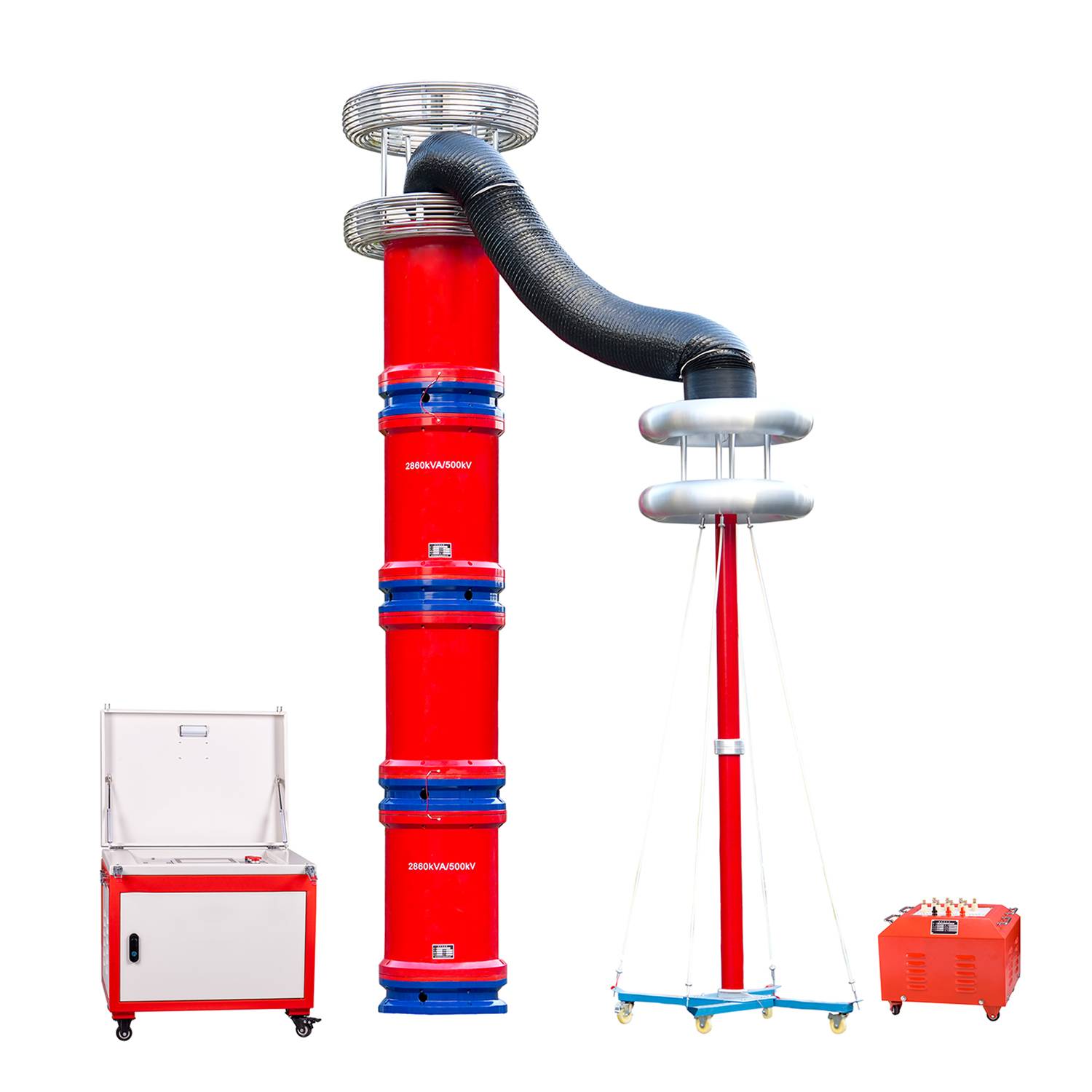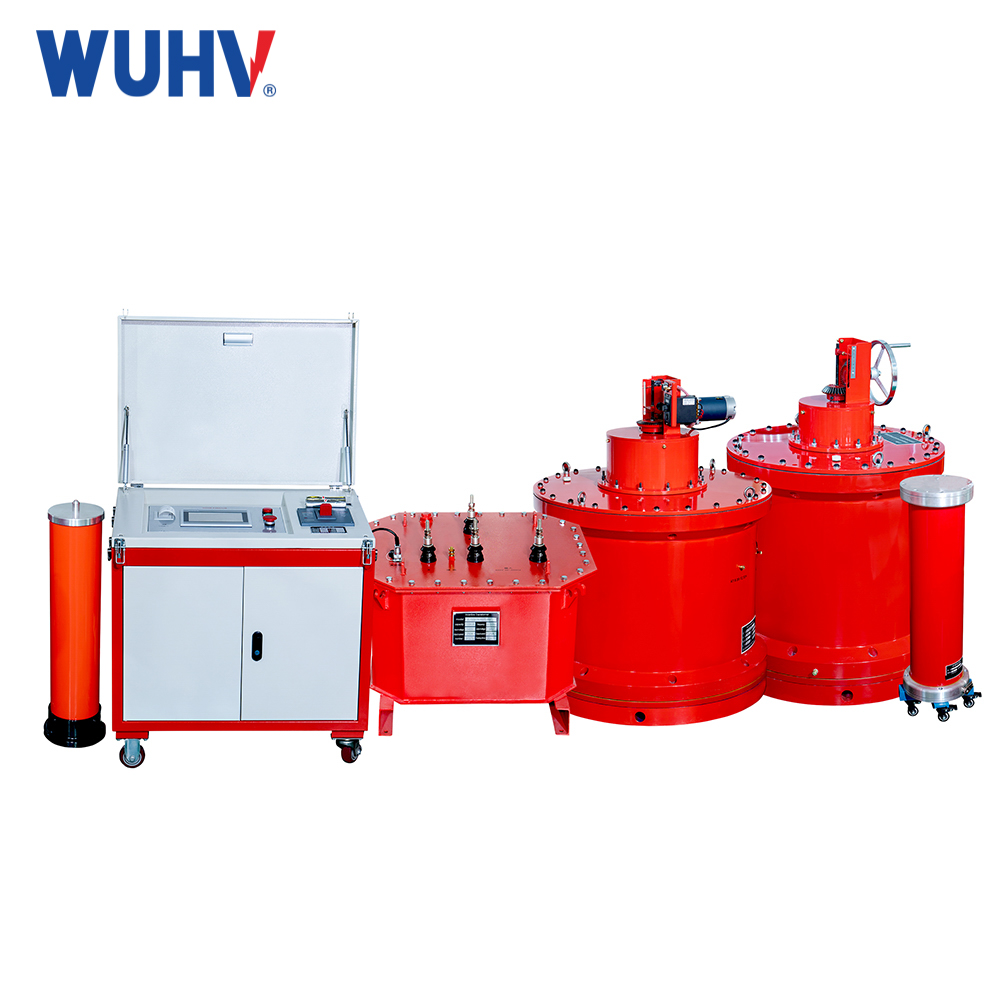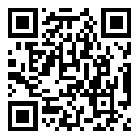Wuhan UHV specializes in producing series resonance (also known as variable frequency series resonance test device). Next, we will share with you the introduction of variable frequency series resonance withstand voltage test.
그만큼 frequency conversion series resonant withstand voltage device is currently the mainstream method for AC withstand voltage testing. The device can not only meet the withstand voltage requirements of 10kV, 35kV, but also 110kV VLPE cables, and has the advantages of light weight and good mobility. The frequency adjustment range is 30-300Hz, which meets the recommended AC voltage requirements of the national standard for using power frequency and approximate power frequency (30-300Hz). This AC voltage test can reproduce field strengths similar to those under operating conditions, and has been proven to be an effective method in practice. In addition, there are two main reasons:
1. If choosing power frequency withstand voltage, although it can meet the withstand voltage requirements, it is not suitable for on-site cable withstand voltage testing due to its large weight and poor mobility.
2. If the oscillation voltage test is chosen, a damping oscillation voltage is obtained by charging the cable with a DC power supply and then discharging a series resistor and reactance through a discharge ball gap. The recommended national standard states that this method is superior to direct DC withstand voltage testing, but still not as effective as power frequency testing.
Therefore, the frequency conversion series resonance test method is currently the preferred method for voltage withstand testing, and it is also the most effective voltage withstand testing method recommended by the State Grid.
Nowadays, most cables are equipped with variable frequency series resonant voltage withstand devices, which are also regulated by the national power department. There are many manufacturers of variable frequency series resonant devices with good quality and timely after-sales service. The specification requires that the cable handover test should use AC, not necessarily series resonance, and ultra-low frequency AC is also acceptable. Secondly, the length and cross-sectional area of the reference cable should be taken into account.




















